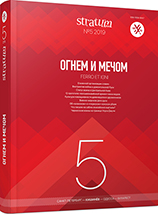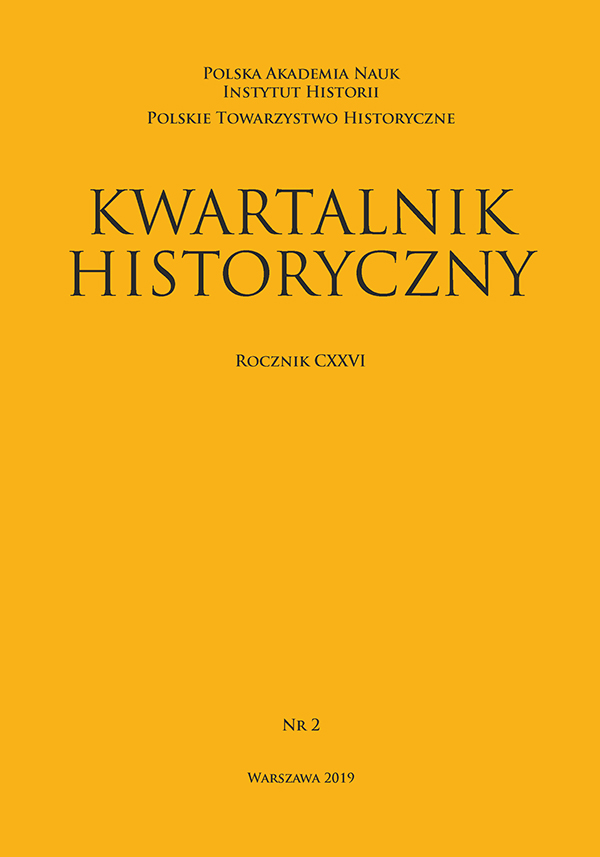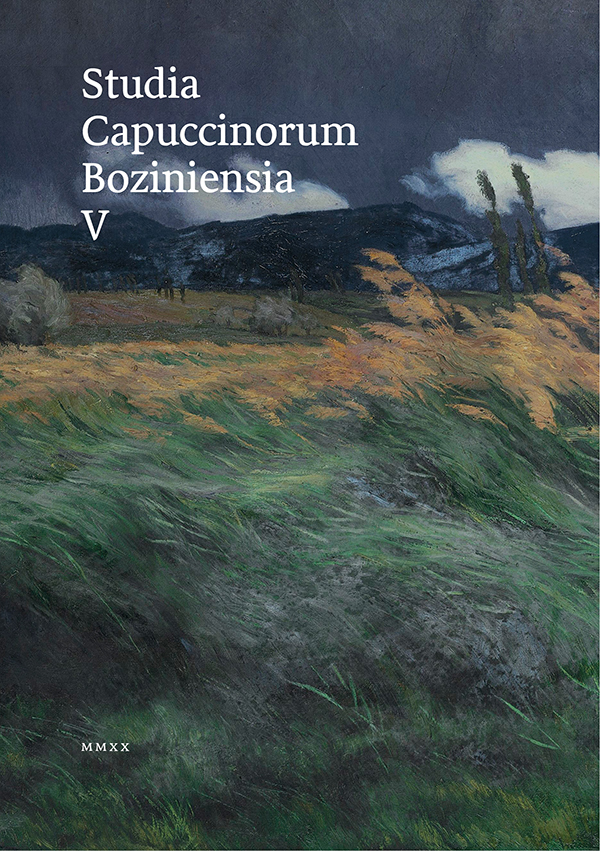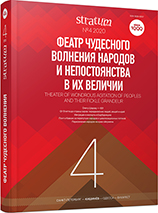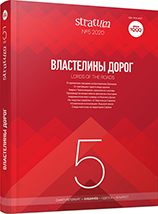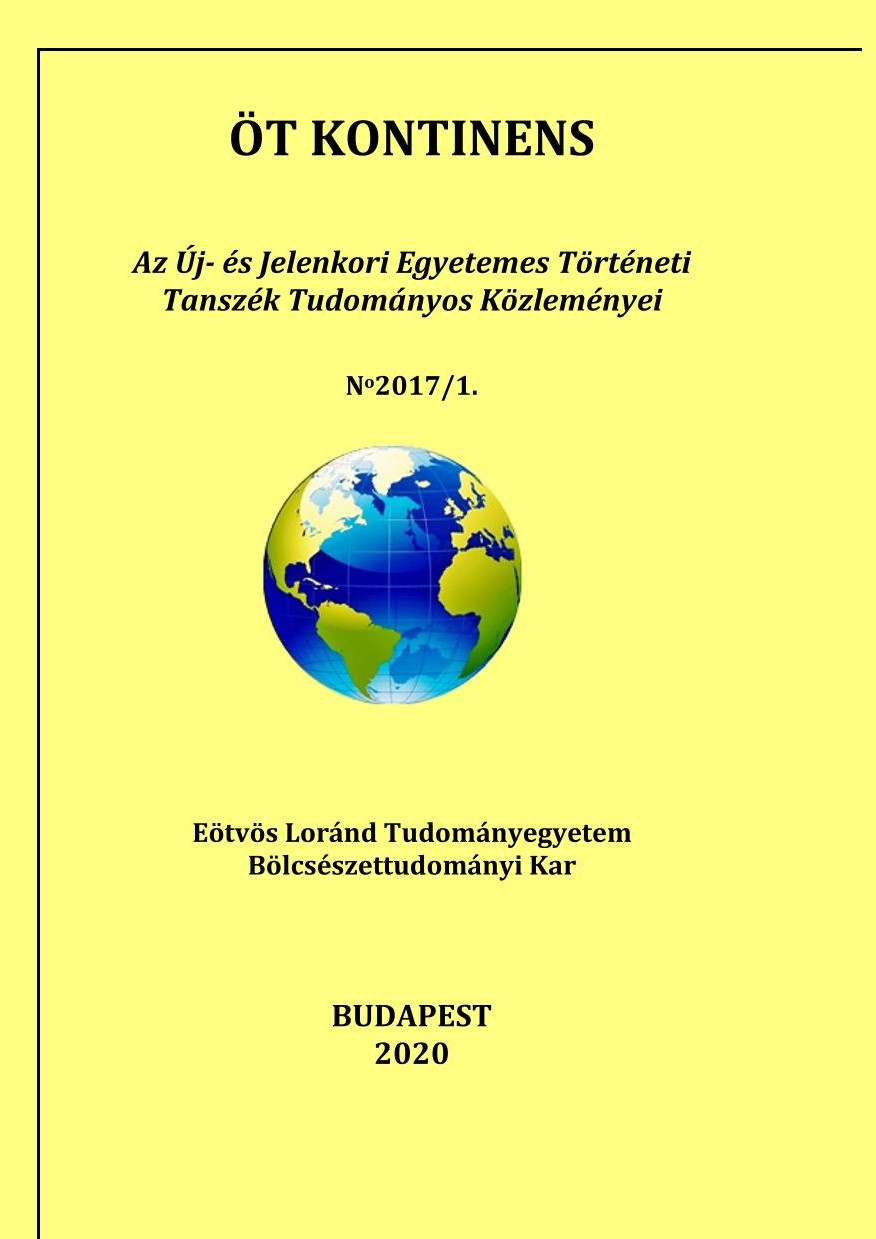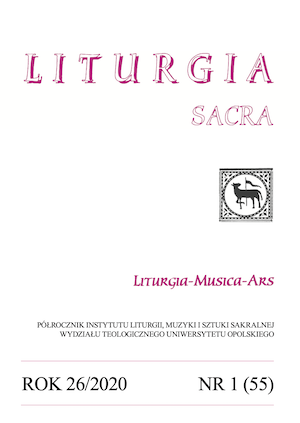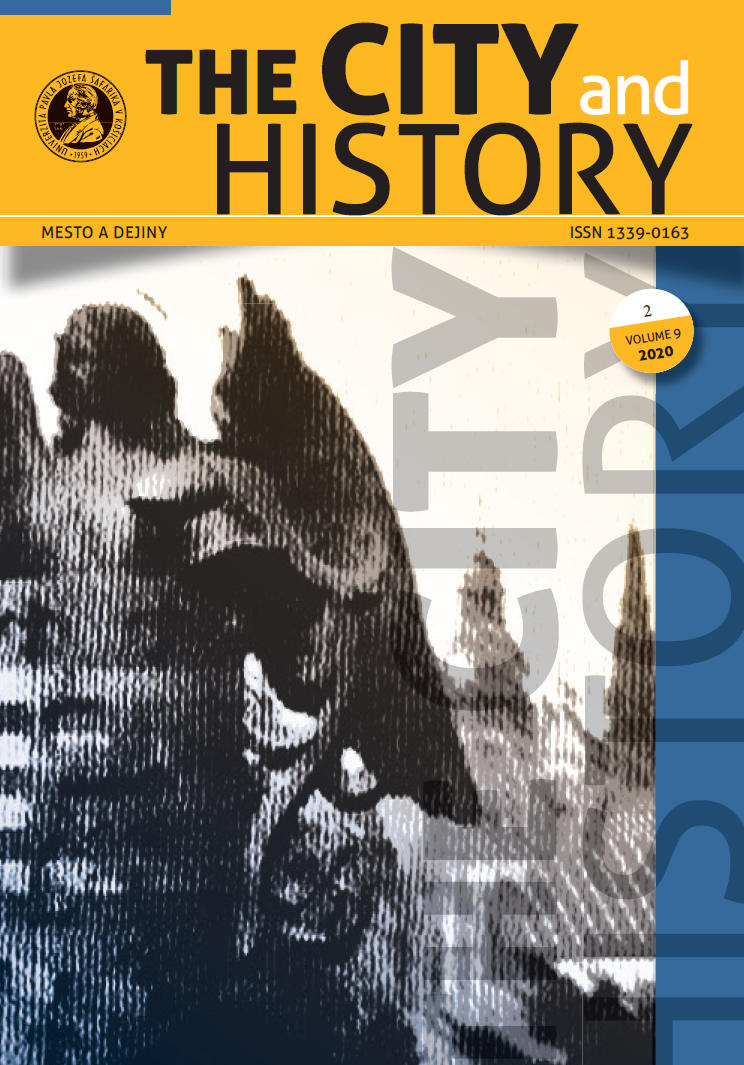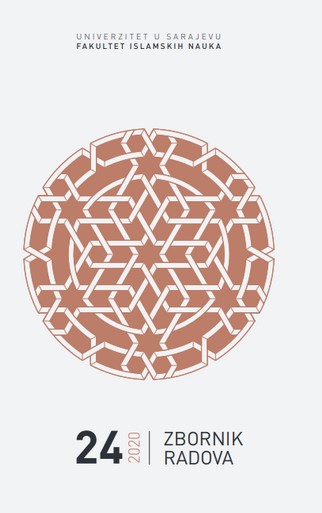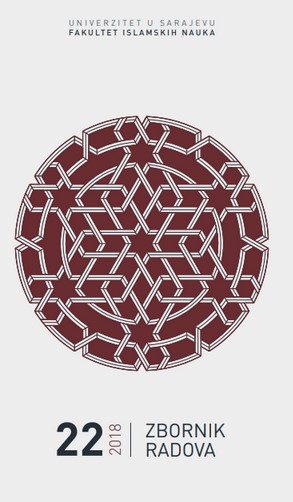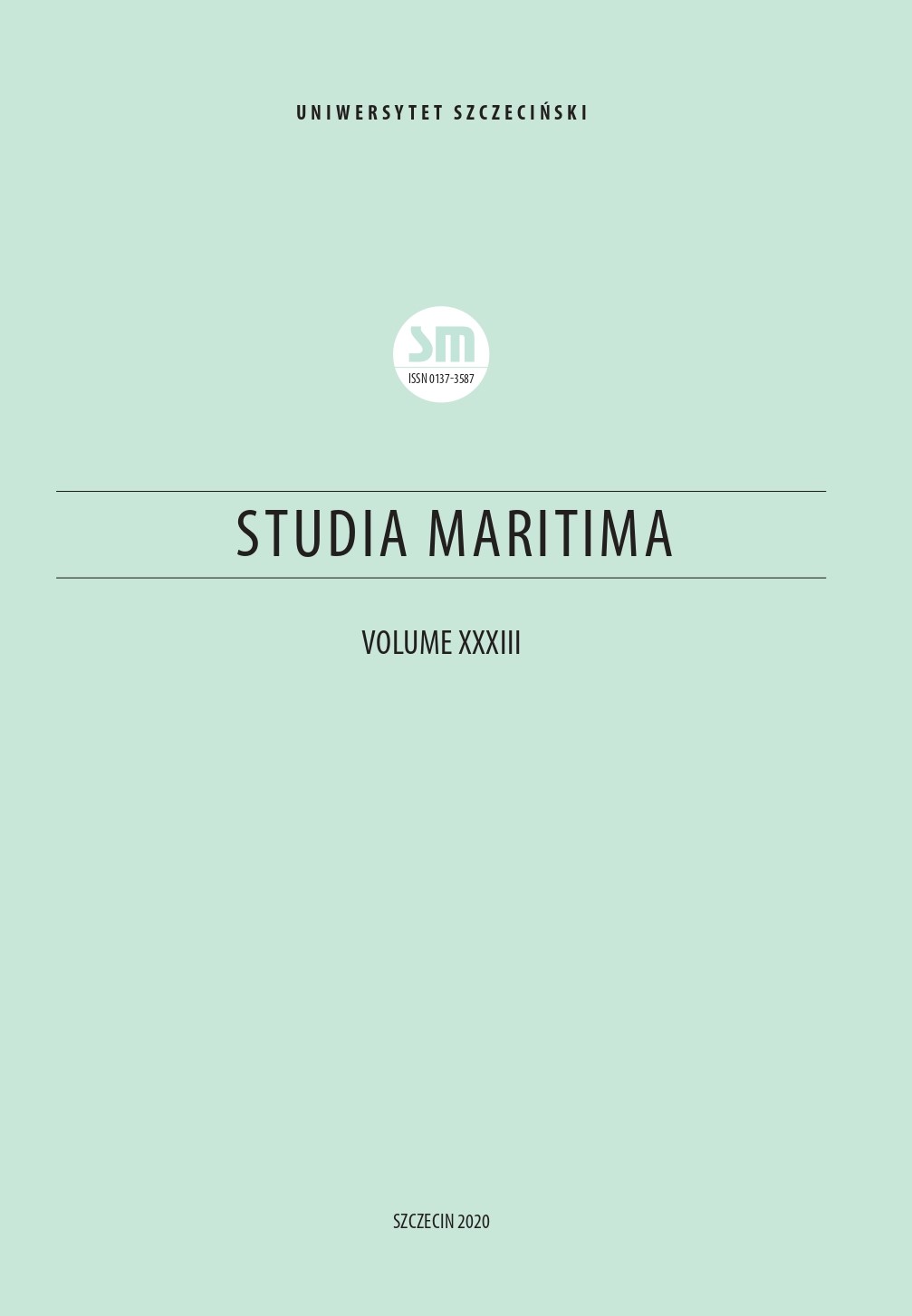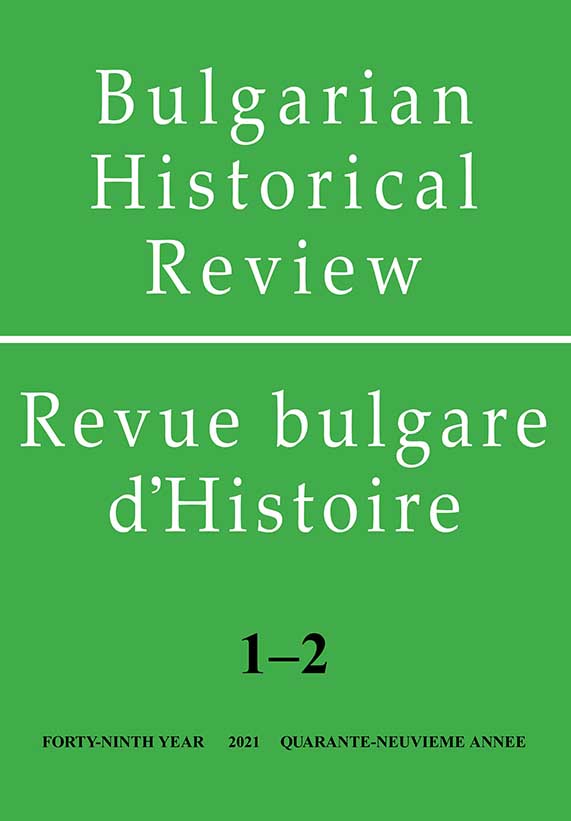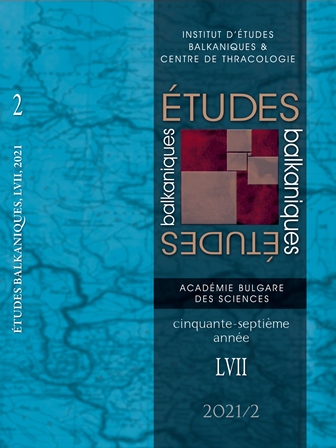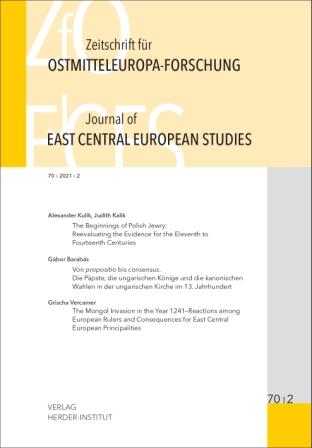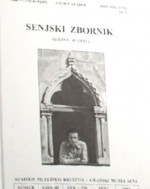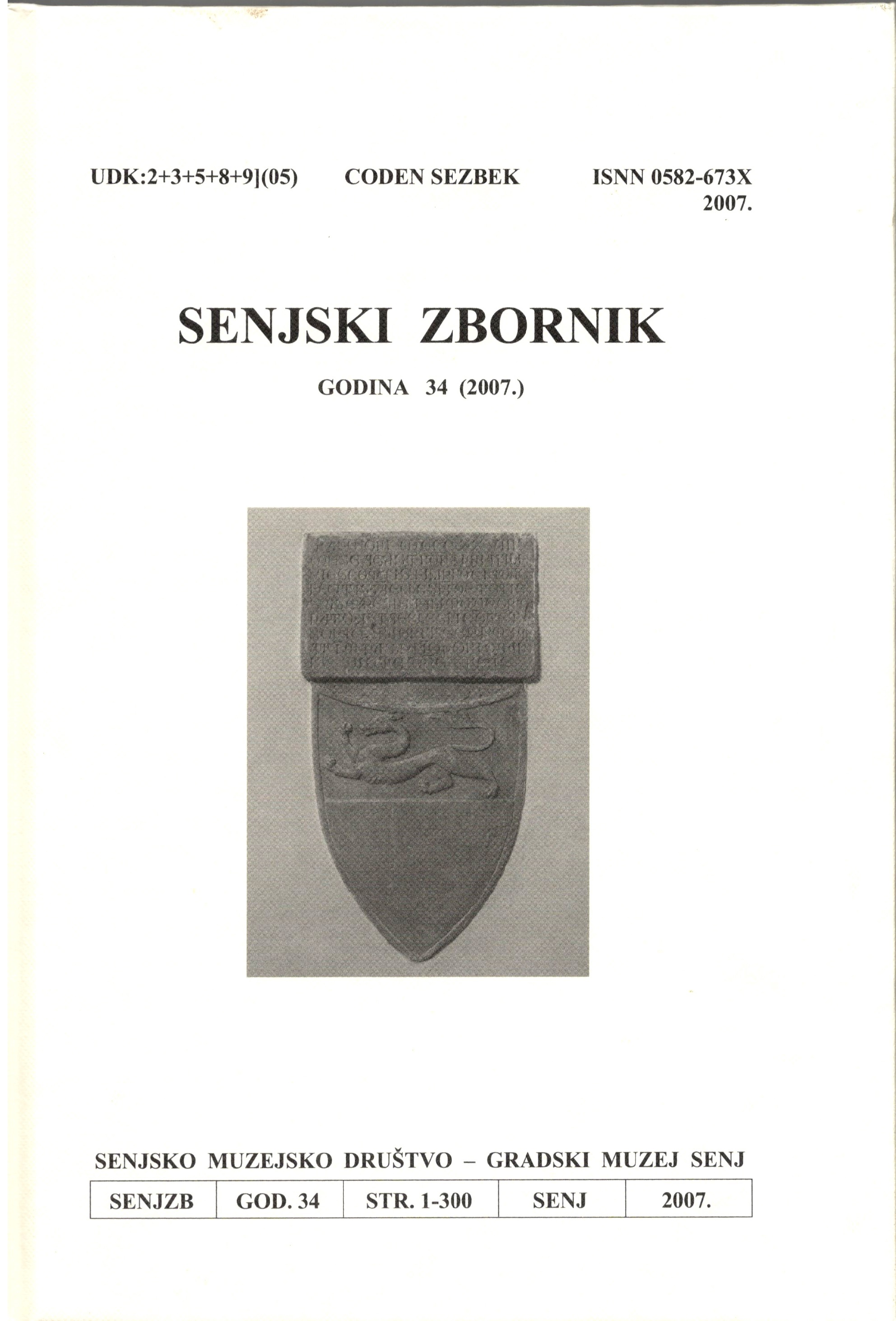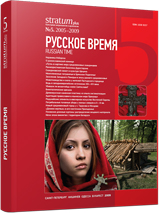
Находки средневекового времени с поселения Тарасова в Молдове (по материалам частной коллекции)
The paper introduces scattered materials found at Tarasova village (Resina, Moldova). The collection includes items made of base metals as well as of iron (mainly items of armament and household utensils). The items can be divided into several chronological groups. The earliest are items of late 9th-11th cc. finding direct analogies on sites of Echimauti-Alcedar type in the territory between the Prut and the Dniester Rivers, as well as among the antiquities of South-Eastern, Central and Eastern Europe. Rather more representative is the collection of items dated by 15th-17th cc., the time when an important trade and industrial settlement of Moldavia is thought to have existed here along with its necropolis. A certain chronological gap between the latter and the former group is filled by a number of crosses-enculpions of the Old Russian type, which are dated within 13th-15th cc.
More...
